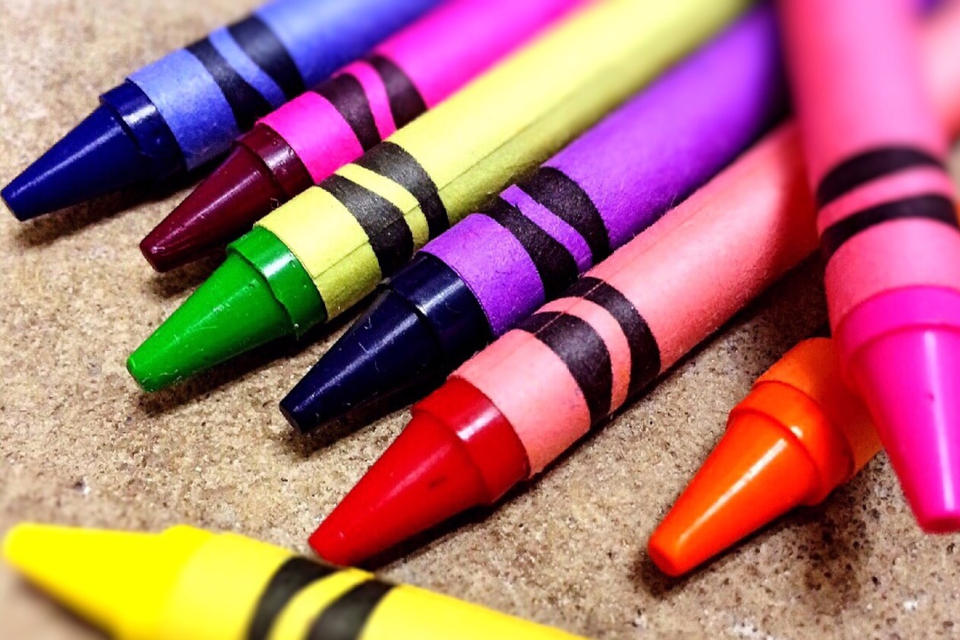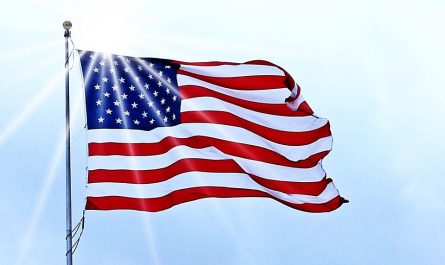1. Crayola Crayons debuted in 1903 with a set of 8 colors.
Maybe Crayola has gained so many loyal fans because of the company’s rich history. Crayola began as Binney & Smith back in 1903. Two cousins took over a family pigment business and noted that schools were searching for non-toxic wax crayons. The cousins produced eight crayons: red, orange, green, blue, violet, black, and brown. (source)
2. Crayola isn’t a family name, but a creative twist on a French word.
The name Crayola is a creative twist on foreign words that taken together mean “oily chalk,” an exact description of a wax crayon! The two words used were “craie,” which is French for chalk and oleaginous an English word that means oily. (source)
3. The smell of Crayola is caused by a substance called stearic acid.
Stearic acid is derived from beef fat. This gives crayons their signature waxy texture as well as their unique scent! Crayola crayons are not vegan and can include other animal products like milk, gelatin, beeswax, honey, and eggshells. These ingredients can also help contribute to the waxy smell. (source)
4. Crayola has created over 400 colors.
Over their long history, the company has experimented with many different shades and twists on crayons. From scented crayons to glitter and neon colors, Crayola has covered the rainbow. (source)
5. Richard Gwyn has the world’s biggest Crayola crayon collection.
Richard has around 50,000 crayons in his collection. He says the rarest is “Torch Red.” He only owns one which he found in a bag of assorted used crayons at a thrift store. (source)




